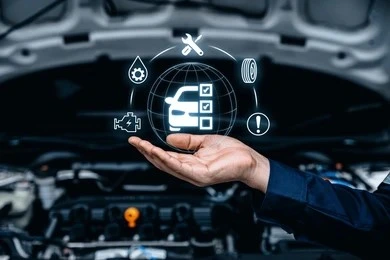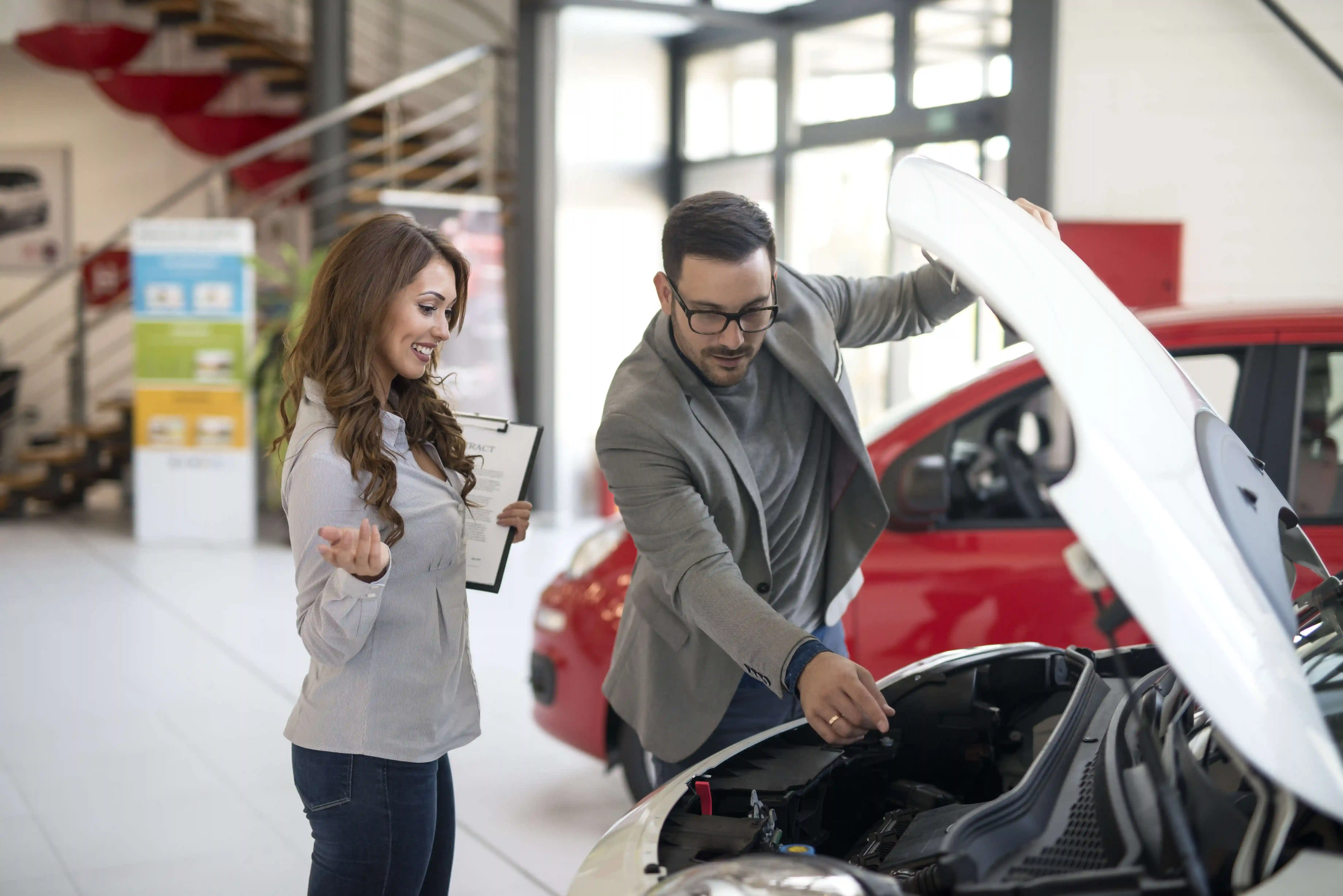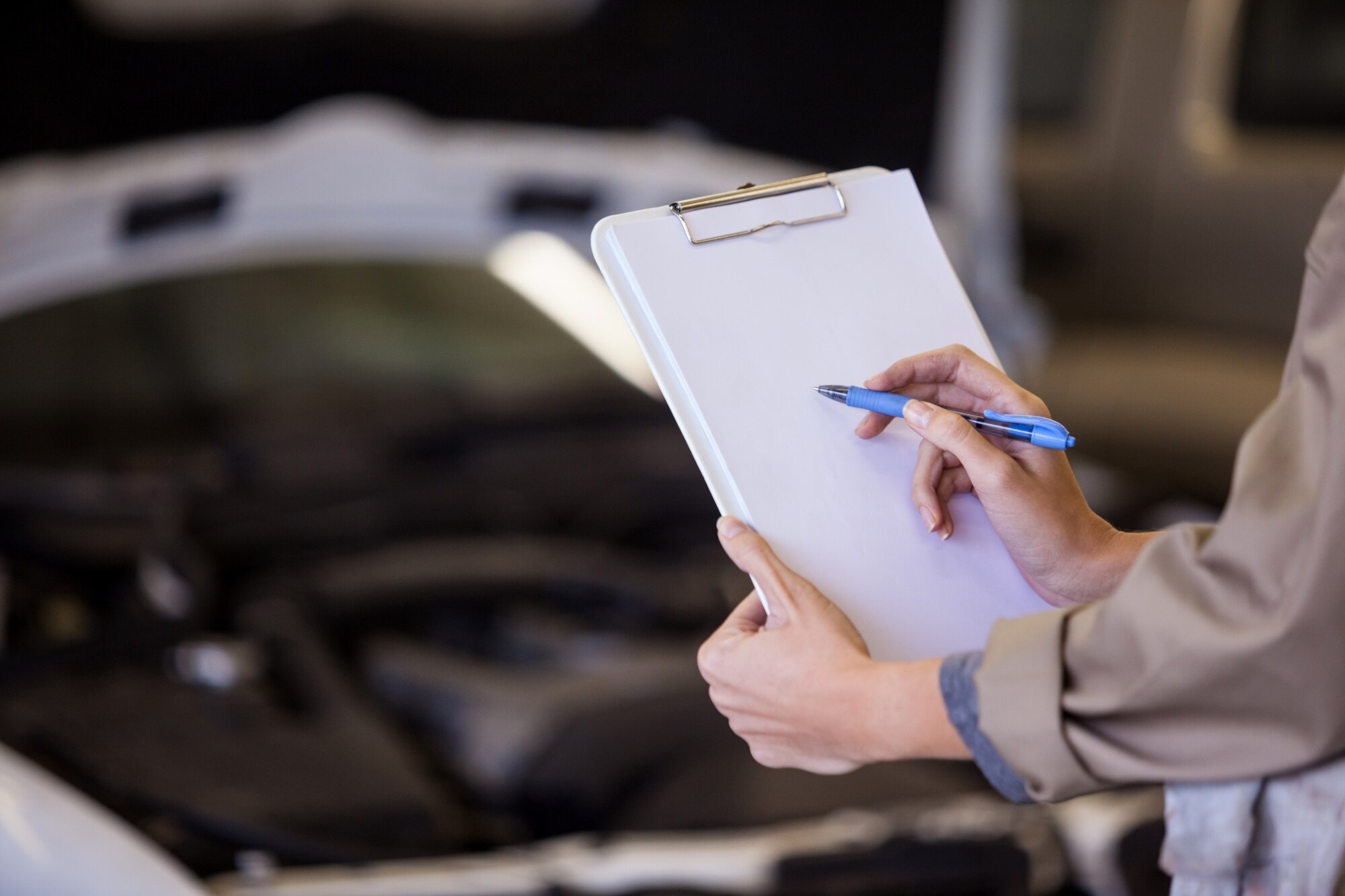Understand why pre-purchase inspections are crucial for ensuring your investment in a used car is worthwhile.
Introduction
Buying a used car can be an exciting yet daunting experience. With so many options available, how do you ensure that you’re making a smart choice? The key lies in performing a thorough inspection before committing to a purchase. Whether you're a first-time buyer or someone looking to upgrade, understanding the essential steps to inspect a used car can save you time, money, and potential headaches down the road.
In this blog, we’ll cover the top five used car inspection tips that every buyer should know. These tips will help you evaluate the car's condition, uncover hidden problems, and ensure you're getting the best value for your money.
1. Check the Vehicle’s Exterior Condition
The first step in inspecting any used car is to examine its exterior. While the car’s looks might not tell the whole story, a thorough inspection of its body can reveal underlying issues that might not be immediately obvious.
What to Look For:
- Body Panels: Inspect the car’s body for any signs of dents, scratches, or rust. Pay close attention to areas like the door edges, wheel wells, and undercarriage, where rust can develop over time.
- Paint Consistency: Look for uneven paint or differences in color, which may indicate that parts of the car have been repainted due to accidents or repairs.
- Alignment: Ensure the panels line up properly. Misaligned panels can be a sign of a past collision or structural issues.
- Windshield & Windows: Check for cracks or chips in the windshield, as repairs can be costly. Ensure all windows move smoothly and that seals are intact to avoid water leaks.
A well-maintained exterior often suggests that the car has been cared for, but take your time to inspect every angle for hidden damage.
2. Evaluate the Vehicle’s Interior
While the exterior provides clues about the car's history, the interior reveals how well the vehicle has been maintained over the years. A clean, well-kept interior is often a good indicator that the car has been taken care of.
What to Look For:
- Seats & Upholstery: Check the seats for tears, stains, or excessive wear. If the car’s upholstery looks worn out, it might suggest the car has seen a lot of use, even if it’s listed as low mileage.
- Dashboard & Controls: Test all of the car’s controls, including the air conditioning, heater, and infotainment system. These features can be expensive to repair if they’re not working correctly. For more on car systems, visit our guide to essential car features.
- Odor: Pay attention to any musty or unpleasant smells, as they could be signs of mold or water damage, which can be costly to repair.
- Safety Features: Ensure that airbags, seatbelts, and other safety features are intact and functioning. A malfunctioning safety system could be a dealbreaker for many buyers.
A well-maintained interior not only reflects the car’s overall care but also ensures comfort and functionality during your daily drives.
3. Inspect the Engine and Transmission
The engine is the heart of any vehicle, and the transmission plays a crucial role in how smoothly the car runs. A thorough inspection of these components is essential for determining the vehicle’s long-term reliability.
What to Look For:
- Oil Levels & Condition: Check the oil levels and look for any signs of contamination (such as a milky texture or unusual color). Dirty or low oil levels may indicate poor maintenance.
- Engine Fluids: In addition to the oil, check the coolant, brake fluid, and transmission fluid. Low or dirty fluids could signal underlying mechanical issues.
- Leaks: Inspect around the engine for any signs of leaks. Oil, coolant, or transmission fluid leaks could indicate serious problems that need immediate attention.
- Transmission Behavior: When test-driving the car, pay attention to how the transmission shifts. It should change gears smoothly without any jerking or hesitation. Any abnormal shifting behavior could indicate a transmission problem. For tips on identifying transmission issues, refer to this National Transmission’s article.
If you're not familiar with how to check these components yourself, it’s worth having a professional mechanic conduct a more thorough inspection.
4. Check the Tires and Suspension
The condition of the tires and suspension system is an important factor in the overall safety and performance of the vehicle. Tires that are in poor shape or a suspension system that is not functioning properly can lead to a bumpy, unsafe driving experience.
What to Look For:
- Tire Tread Depth: Check the tire tread for uneven wear, which could indicate an alignment issue or suspension problems. If the tires are excessively worn, you may need to replace them soon, which can be an additional expense. Learn more about tire safety at TireRack.
- Tire Age: Look for the manufacturing date on the tire sidewalls (usually a four-digit code). Tires over six years old may be prone to cracking and might need to be replaced.
- Suspension Condition: During your test drive, listen for any unusual sounds like clunking or squeaking, which can be signs of worn suspension parts. Pay attention to how the car handles bumps—if the ride feels bouncy or unstable, the suspension might be compromised.
Replacing tires and suspension components can be expensive, so it’s important to factor in the condition of these parts when negotiating the price of the vehicle.
5. Test the Car’s Performance with a Test Drive
One of the best ways to evaluate a used car is by taking it for a test drive. This will allow you to assess how the car performs in real-world conditions and identify any potential issues that may not be visible during a static inspection.
What to Focus On:
- Engine Performance: Pay attention to how the engine starts and whether it runs smoothly. A rough idle or hesitation when accelerating could indicate engine trouble.
- Braking: Test the brakes by driving in a safe area and gently pressing down on the brake pedal. If the car pulls to one side, the brakes might need attention. Listen for squealing or grinding sounds, which can indicate worn brake pads.
- Steering & Handling: Check for any difficulty steering or vibrations in the wheel. These could be signs of alignment issues or worn-out steering components.
- Transmission Shifting: As mentioned earlier, ensure that the car shifts smoothly between gears. Any rough or jerky shifts can point to a transmission issue.
A test drive is a crucial step in ensuring that the car runs as expected and that it will meet your needs on the road.
Bonus Tip: Get a Professional Pre-Purchase Inspection
While these inspection tips are a great starting point, the best way to ensure that you’re making a sound investment is by having the car inspected by a professional mechanic. A mechanic can perform a more in-depth assessment of the vehicle and uncover any hidden issues that you might have missed.
Many sellers may offer a pre-sale inspection report, but it's always a good idea to get your own independent inspection to confirm the vehicle's condition. This extra step can give you peace of mind and help you make a more informed decision. To learn more, visit What Does a Pre-Purchase Inspection Include?.
Conclusion
Purchasing a used car is a significant investment, and performing a thorough inspection is one of the most effective ways to ensure that you’re getting good value for your money. By following these top five inspection tips, you can identify potential issues early, avoid costly surprises, and drive away with confidence in your new vehicle.
Remember, buying a used car doesn’t have to be risky if you take the right precautions. Inspect the exterior and interior, check under the hood, assess the tires and suspension, and always take the car for a test drive. With these steps, you’ll be well on your way to making a smart purchase that will serve you for years to come.
Key Takeaways
- Inspect the exterior for signs of damage, rust, or repainting.
- Evaluate the interior for wear and functionality of key features.
- Check the engine and transmission for leaks and fluid levels.
- Examine the tires and suspension for wear or issues.
- Take the car for a test drive to assess its performance on the road.




Share this post: